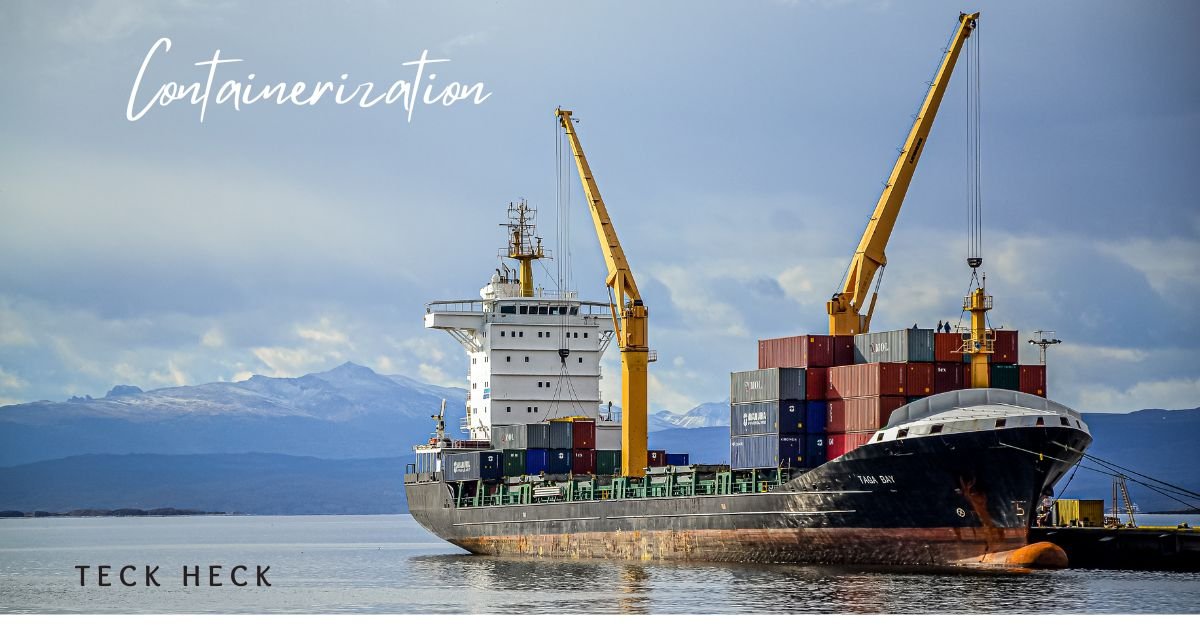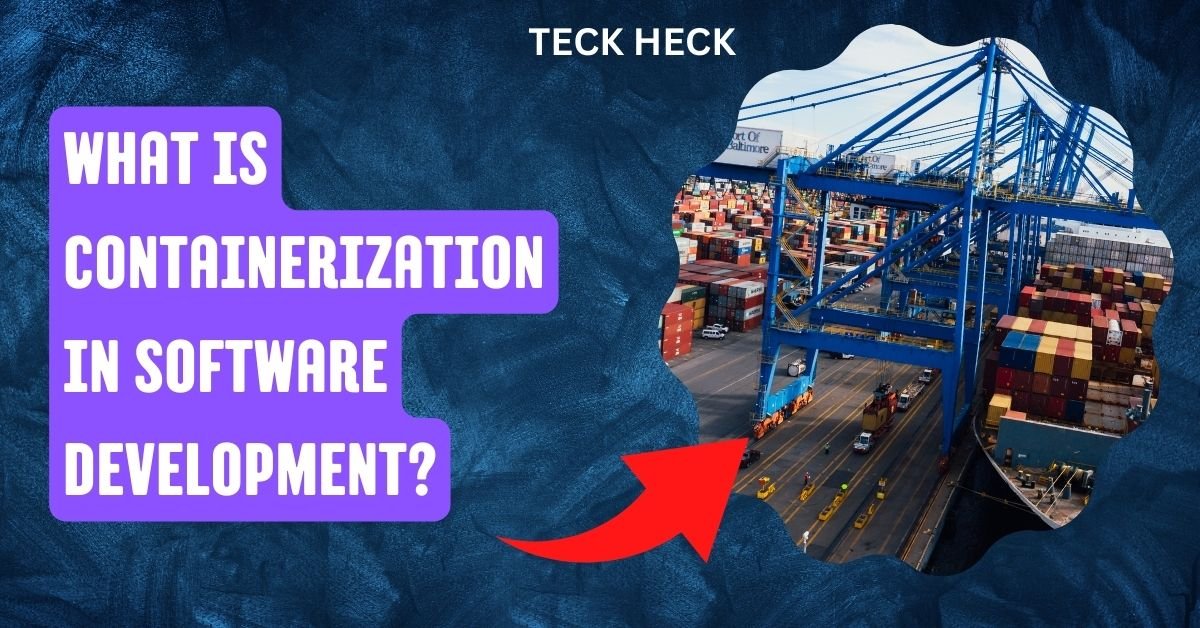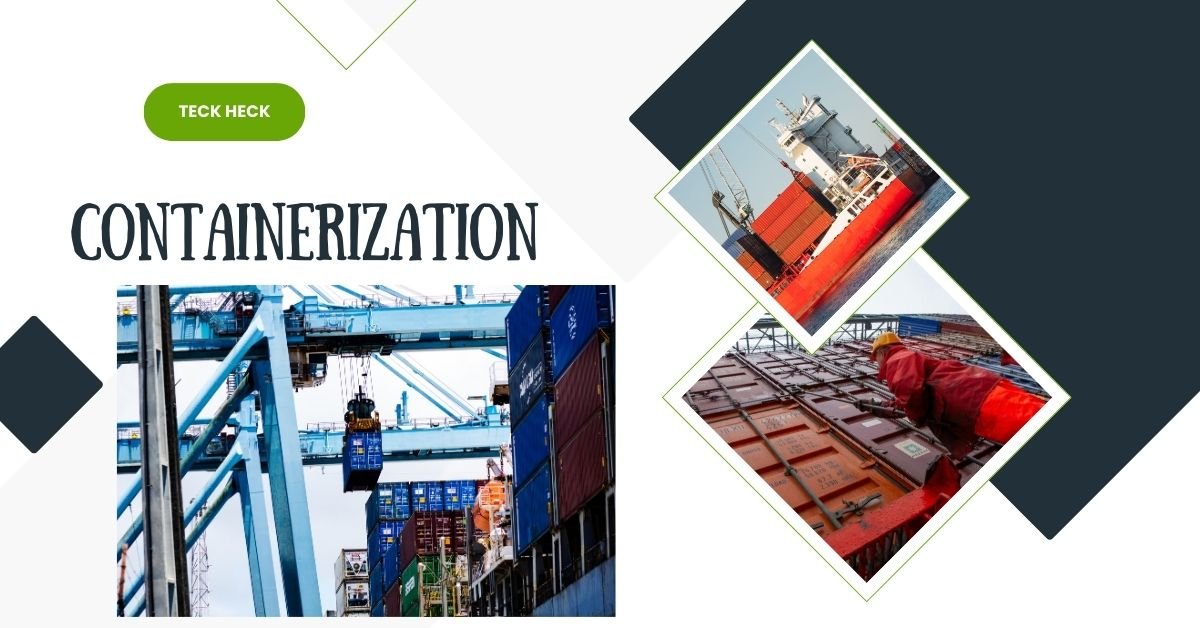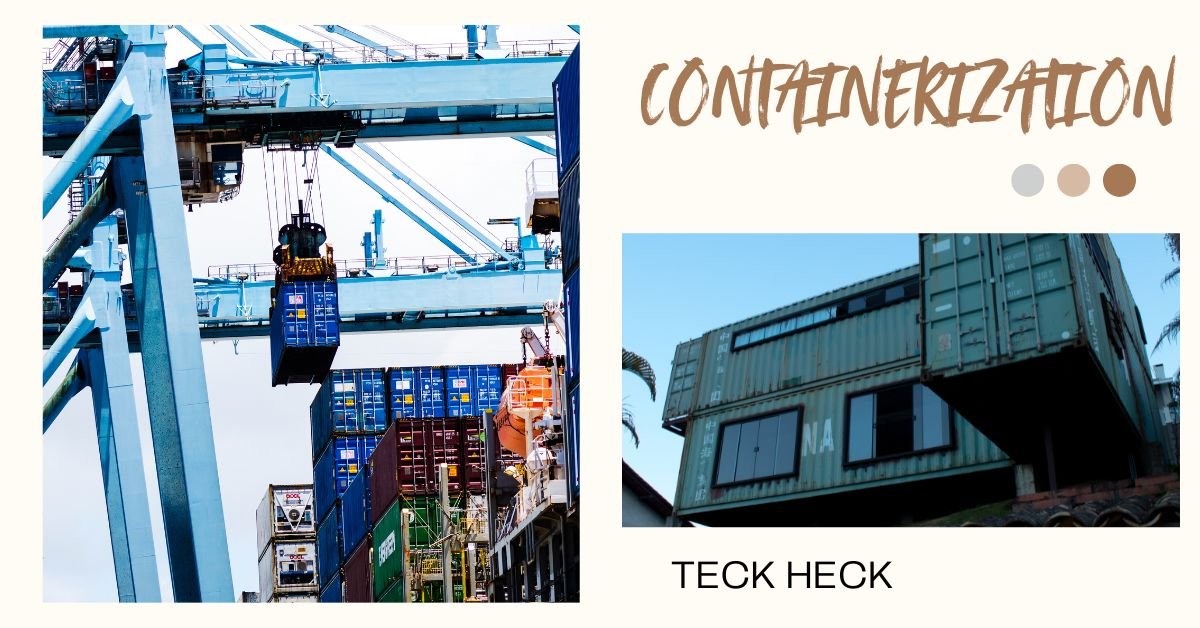
In what types of applications is containerization most beneficial?
Containerization:
Transforming Scalability and Software Deployment
Containerization has emerged as one of the most revolutionary technologies in the field of contemporary software development. Because it packages applications into lightweight, portable containers, developers can create, deploy, and manage applications more effectively. These containers function uniformly across a variety of computing contexts, including cloud infrastructure and local developer computers. This article explores containerization’s definition, operation, and main advantages for developers and companies.
Containerization: What is it?
Fundamentally, containerization is the process of combining software code with all of its dependencies—such as libraries and system tools—into a single unit known as a “container.” Applications run consistently regardless of where the container is deployed because containers are isolated from the host system and from one another.
Containers share the host OS kernel but function as separate processes, in contrast to classical virtualization, which virtualizes whole operating systems (OS). Because of this, containers are faster, lighter, and more effective than virtual machines (VMs), which need the entire system.
The Operation of Containerization
Namespaces, control groups, and other characteristics offered by the host operating system’s kernel are used by containers. These characteristics guarantee that containers have a separate, separated environment for networking, memory, and processes. This is an explanation of how it operates:
Container Engine: Container management is handled by a software platform such as Docker, Podman, or Kubernetes. It offers resources for container development, deployment, and management.
Image Creation: To launch an application, developers build a container image that includes all the code, libraries, and dependencies needed. This image is kept in a registry, like the Google Container Registry or Docker Hub.

Running Containers: An image is instantiated into a running container upon deployment. Any system that supports the container engine can run the container, which is an instance of the image.
Security and Isolation: Containers operate in environments that are isolated from the host system and from one another. This isolation adds an extra degree of protection and avoids conflicts between apps.
Containerization’s main advantages are portability.
Portability is among containerization’s most important advantages. An application can be written and tested locally and then operate smoothly on a cloud server, or even across several cloud environments, thanks to containers, which encapsulate all dependencies.
You can be sure that “it works on my machine” will work for developers.
Efficiency and Scalability:
Containers provide quick deployment and are lightweight. As a result, scaling programs up or down in response to demand is made simpler. An open-source container orchestration platform called Kubernetes, for instance, can optimize resource usage across clusters by automating the scaling of containers in a microservices architecture.
Unlike virtual machines (VMs), which need their own operating system, containers share the host OS kernel, allowing for more effective use of system resources.
Uniformity Throughout Environments:
Development, testing, and production environments can all be consistent thanks to containers. By creating a local environment that closely resembles the production environment, developers can minimize environment-related bugs and compatibility problems.
Quicker Cycles of Development:
Faster development cycles are made possible by containers, which isolate dependencies and provide consistency across platforms. Testing and deployment can be accelerated by developers using pre-built container images or by creating their own images.
Enhanced Security:
Containers provide a high degree of isolation even if they share the host OS kernel. Furthermore, systems like Docker offer methods for controlling and limiting container permissions, reducing the possibility of security flaws.
Compared to conventional virtualized programs, containers minimize the attack surface because they only reveal particular functions.
Using DevOps and Microservices:
Microservices and DevOps methodologies are intimately related to containerization. Applications are divided into smaller, independent services that may be created, launched, and scaled separately in a microservices architecture. Containers facilitate the deployment and management of these services.
Kubernetes for Container Orchestration
Managing several containers in various contexts gets more difficult as businesses expand their use of containers. Kubernetes and other container orchestration tools are useful in this situation. Containerized application deployment, scalability, and management are automated by Kubernetes, which provides functionalities such as:
Automated scaling: Depending on demand, Kubernetes may automatically scale apps up or down.
To guarantee high availability, load balancing helps divide traffic among containers equally.
Self-healing: Kubernetes may automatically restart or swap out a container if it fails, guaranteeing that the application is still accessible.
Applications of the Microservices Architecture for Containerization:

Because each microservice may be bundled into its own container and deployed separately, containers are perfect for microservices-based applications. This enhances fault isolation and scalability.
Continuous Deployment and Continuous Integration (CI/CD):
Containers facilitate automated operations by simplifying the integration and deployment of software updates. Containers are used by CI/CD pipelines to rapidly and reliably test and deploy code.
Applications that are cloud-native:
Because containers are portable, scalable, and efficient, many contemporary cloud-native apps are made to operate in them. Containerized apps are widely supported by cloud providers such as Google Cloud, Microsoft Azure, and Amazon Web Services (AWS).
Multi-cloud and hybrid environments:
Businesses are not restricted to a single cloud provider thanks to containers, which allow them to create apps that function flawlessly across many clouds.
Obstacles and Things to Think About
Although there are many advantages to containerization, there are also some difficulties and things to think about:
Complexity: It can be challenging to manage large-scale containerized applications, particularly in production. Although this is lessened by tools like Kubernetes, there is still a learning curve.
Persistent Storage: Containers are designed to be stateless, which can complicate the management of persistent data. Solutions like container storage interfaces (CSI) and Kubernetes StatefulSets address this issue.
Security: While containers offer isolation, they share the host kernel, which could introduce potential vulnerabilities. It’s important to follow best practices, such as minimizing container privileges and scanning for vulnerabilities.

In conclusion
Containerization has reshaped the way modern software is developed, deployed, and scaled. Its ability to provide consistency across environments, improve development efficiency, and optimize resource use has made it a key technology for DevOps teams and businesses. As cloud-native applications, microservices, and Kubernetes continue to grow in prominence, containerization will undoubtedly play a central role in the future of software development and deployment.
Containerization provides a strong, effective, and scalable method for managing a sophisticated microservices-based architecture or creating a basic web application. Organizations may create software systems that are more robust, agile, and effective by learning how containers operate and utilizing container orchestration technologies.




